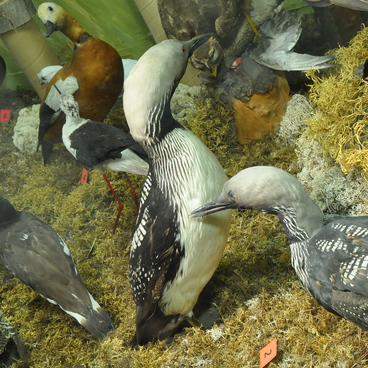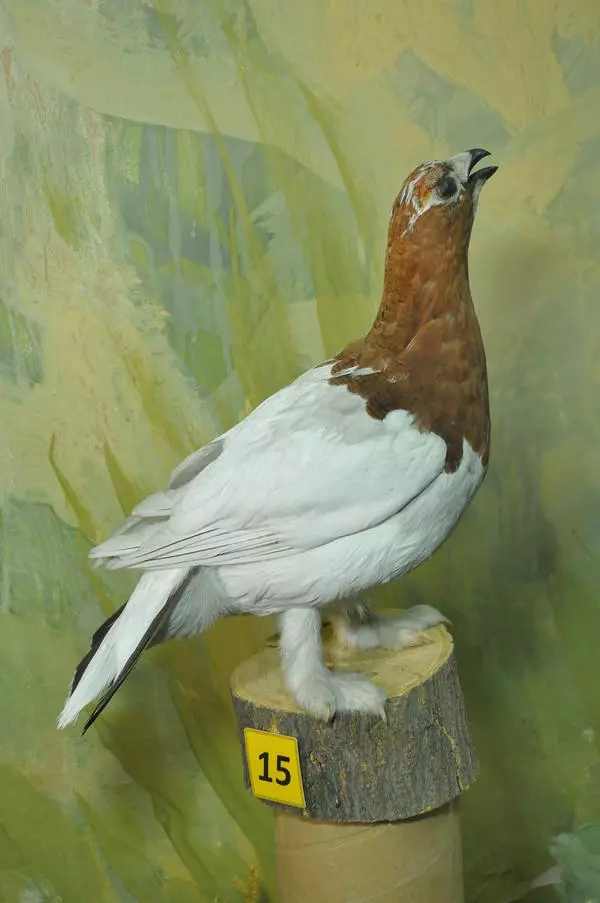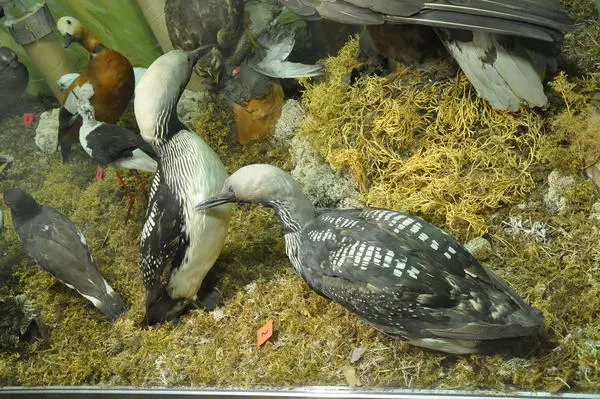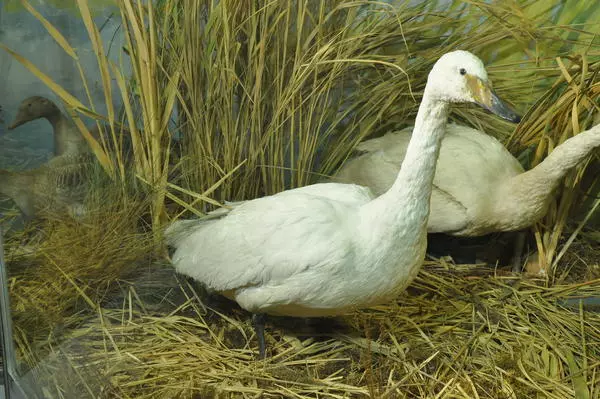The Dalmatian pelican (Pelecanus crispus) is a large bird with a massive body, long neck, and a huge bill, which is 4-5 times larger than the head. The plumage is white underneath and light grey on top, with curly nape feathers. The males and females are coloured similarly. They fly easily, although not fast, and are good swimmers. Dalmatian pelicans have short legs, which are somewhat set behind, so they walk little and move slowly and clumsily.
The Dalmatian pelican (Pelecanus crispus) is a large bird with a massive body, long neck, and a huge bill, which is 4-5 times larger than the head. The plumage is white underneath and light grey on top, with curly nape feathers. The males and females are coloured similarly. They fly easily, although not fast, and are good swimmers. Dalmatian pelicans have short legs, which are somewhat set behind, so they walk little and move slowly and clumsily.
Pelicans feed on fish, sometimes co-operatively arranging round-up hunting and corralling fish towards the bank. One distinctive feature of pelicans is their large skin pouch under the bill. Many people think they keep food there, like in a bag. In actual fact, the pouch serves as a dip-net to catch fish.
When they are hunting, pelicans open their bill wide and scoop up water. If they catch fish, they shut the bill, then tilt their head, pour the water out, and only then swallow the fish. Pelicans are voracious birds: one pelican family consisting of two parents and two birdlings consumes about a ton of fish in eight months.
This species is very cautious, especially when nesting. They build nests of reed. If previous year’s nests survive, they start laying eggs as early as in mid-April. A clutch usually has 2-3 white eggs. Pelicans arrive in the Trans-Urals region very early, before ice breaks up on the water reservoirs. In recent years, they have been increasingly rare, with only a few colonies surviving. As of now, the Dalmatian pelican is included in the Kurgan Oblast Red Book of Endangered Species.
Pelicans feed on fish, sometimes co-operatively arranging round-up hunting and corralling fish towards the bank. One distinctive feature of pelicans is their large skin pouch under the bill. Many people think they keep food there, like in a bag. In actual fact, the pouch serves as a dip-net to catch fish.
When they are hunting, pelicans open their bill wide and scoop up water. If they catch fish, they shut the bill, then tilt their head, pour the water out, and only then swallow the fish. Pelicans are voracious birds: one pelican family consisting of two parents and two birdlings consumes about a ton of fish in eight months.
This species is very cautious, especially when nesting. They build nests of reed. If previous year’s nests survive, they start laying eggs as early as in mid-April. A clutch usually has 2-3 white eggs.
Pelicans arrive in the Trans-Urals region very early, before ice breaks up on the water reservoirs. In recent years, they have been increasingly rare, with only a few colonies surviving. As of now, the Dalmatian pelican is included in the Kurgan Oblast Red Book of Endangered Species.
This species is very cautious, especially when nesting. They build nests of reed. If previous year’s nests survive, they start laying eggs as early as in mid-April. A clutch usually has 2-3 white eggs.
Pelicans arrive in the Trans-Urals region very early, before ice breaks up on the water reservoirs. In recent years, they have been increasingly rare, with only a few colonies surviving. As of now, the Dalmatian pelican is included in the Kurgan Oblast Red Book of Endangered Species.







